Apr 24, 2014-2014
Taiwan
Protesting the Construction of the Fourth Nuclear Power Plant and for Amending the Referendum Act
Share
ACTIVISTS/ACT.GROUPS/DESCRIPTION OF THE GROUP
Taiwan Environmental Protection Union; Green Citizens Alliance; Lin Yi-Xiong; Democratic Progressive Party; No Nuke Street Band; Kongliao Residents; Sunflower Student Movement; Ko I-chen; Hsiao Yeh
TARGET
Government of Taiwan
WIDELY HELD BELIEF
Nuclear power is too risky for the planet.
CASE NARRATIVE
Issue and Opponent: Activists wanted the government to scrap a plan to operate a newly constructed nuclear power plant – the fourth in densely populated Taiwan. The protests in Taiwan sparked amid a deepening nuclear crisis in Japan after a huge quake on March 11 unleashed a tsunami that crippled an atomic plant 250 kilometers (155 miles) northeast of Tokyo.”In the face of Japan’s nuclear crisis… Taiwan should stick to the goal of building itself in a non-nuclear homeland so that our offspring will be free from any fears of nuclear disasters,” stated. Lee Chuo-han, the secretary-general of the Taiwan Environmental Protection Union.
Dilemma Action: This was a larger campaign with several creative actions. In 2014, student activist members of the Sunflower Student Movement occupied the Legislative and Executive Yuan [building]. On April 15, 2014, former DPP (one of two main political parties) chairman Lin Yi-Hsiung announced an indefinite hunger strike in protest of NPP-4, which commenced on April 22, 2014. It ended on April 30, 2014, after the Ma administration announced it would stop construction on NPP-4. The dilemma action highlighted here took place on April 24, 2014, when thousands “linked hands and flashed their cell phones in a 2.4-kilometer human chain from Gikong Presbyterian Church to the Presidential Office Building to show their solidarity with Lin. The route was decorated with yellow ribbons, symbolizing opposition to nuclear energy”. With “smile at the sun, keep away from nuclear disasters” as the theme of the parade, the yellow flowers symbolized sustainability. Some also held handmade paper windmills, symbolizing green energy and a bright future without the fear of a potential nuclear crisis.
Outcomes: There was considerable media coverage of the actions, especially the hand-holding rally. Later as Lin’s hunger strike continued, the president, premier, other senior government officials, and KMT mayors and magistrates met for two hours, after which the Ma administration announced that it would stop construction on NPP-4. Even though Lin, who ended his hunger strike on April 30, 2014, and other anti-nuclear advocates said they were not satisfied with the government’s response and highlighted how the proposed shutdown left the room to resume the project, they acknowledged that they had achieved their preliminary goal of a halt on construction. Eventually, the government stated that it was no longer “possible” to build the plant.
PRIMARY STRUGGLE/GOAL
NONVIOLENT TACTICS USED
DA TACTICS USED
Human chain
Marches
Parades
CASE NARRATIVE WRITER
SUCCESS METRICS
10 / 12
(CONC) Concessions were made
(EREP) Dilemma action got replicated by other movements
(MC) Media Coverage
(MSYMP) Media coverage was sympathetic to the activists
(OR) Opponent response
(PS) Dilemma action built sympathy with the public
(PUN) Punishment favored the activists
(REFR) Dilemma action reframed the narrative of the opponent
(RF) Dilemma action reduced fear and/or apathy among the activists
(SA) Dilemma action appealed to a broad segment of the public
PART OF A LARGER CAMPAIGN
3 / 3
Activist group continued working together after the action
Encouraged more participants to join the movement
Internally replicated by the same movement
RESOURCES
Project documentation
Dilemma Actions Coding Guidebook
Case study documentation
Dilemma_Actions_Analysis_Dataset
SOURCES
Wang, Chih-ming. 2017. ‘The Future That Belongs to Us’: Affective Politics, Neoliberalism and the Sunflower Movement.” International journal of cultural studies. Retrieved July 23, 2023.
AFP. 2011. “Over 2,000 rally against nuclear plants in Taiwan,” Retrieved July 23, 2023. (https://web.archive.org/web/20190424121045/https://www.asiaone.com/News/Latest+News/Asia/Story/A1Story20110320-269104.html).
AP. 2012. “About 2,000 Taiwanese stage anti-nuclear protest,” The Sunday Times. Retrieved July 23, 2023. (https://web.archive.org/web/20120318165911/http://www.straitstimes.com/BreakingNews/Asia/Story/STIStory_776471.html).
Related cases
Jul 1, 2011-2011
Malawi
The UK had decided to indefinitely suspend aid to Malawi, resulting in the country experiencing worsening fuel shortages, rising prices, and high unemployment. This re...
/
Jun 15, 1971-1971
United States of America
More than any U.S. war since the Civil War, Vietnam divided the opinions in America. By any standard, the American effort in Southeast Asia was a major conflict. By 19...
/
Jul 1, 2005-2005
Tonga
Tonga is a monarchy in which the king elects two-thirds of the parliament, leaving the country to have very little power. Unionization is not generally allowed by the ...
/
Subscribe to our newsletters to get full access to all materials on our website.

